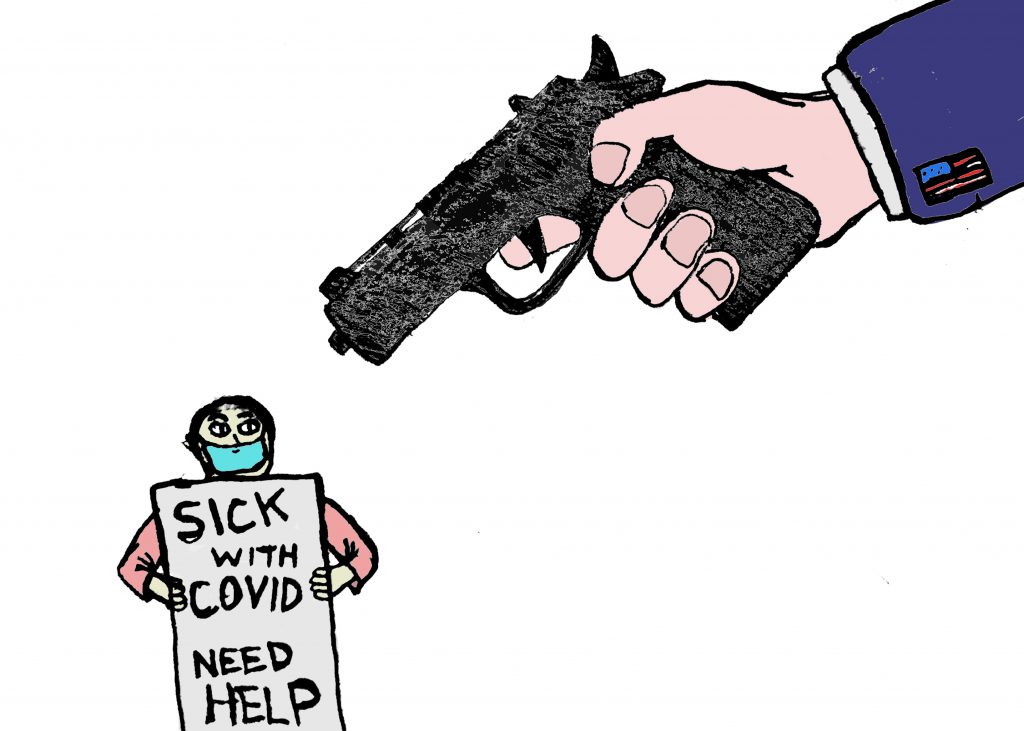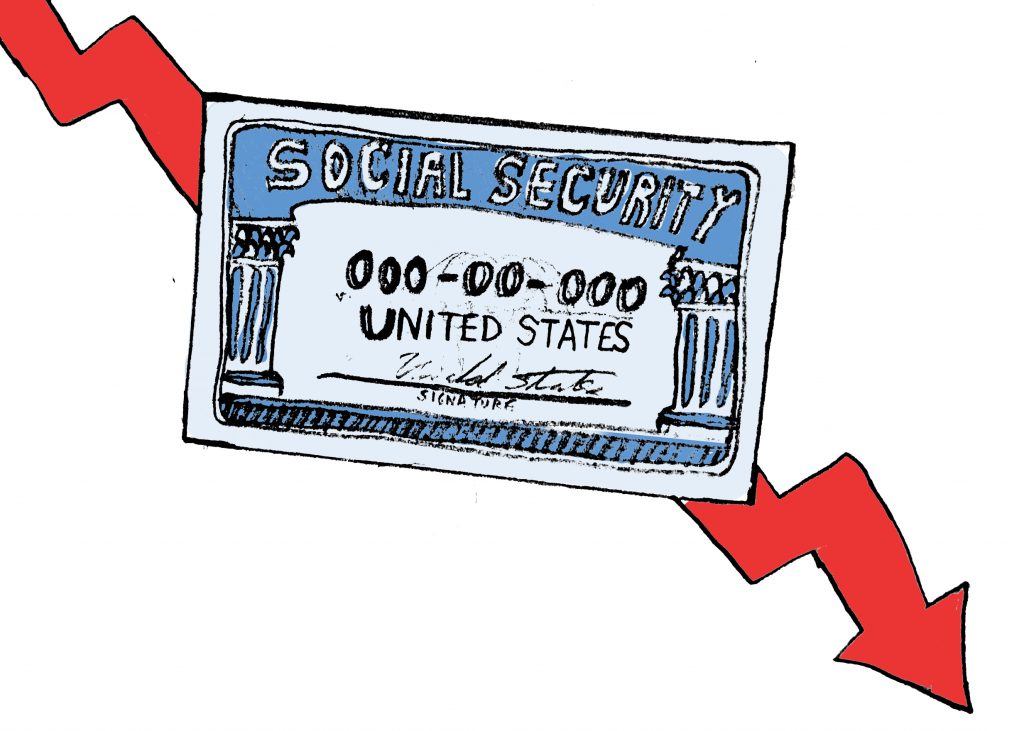Imagine if your neighborhood invested $155M on a new high school, only to be frustrated that 25% of the classrooms were void of students.[1] In Trenton, New Jersey, chronic absenteeism has been an uphill battle for the 83,000 working class residents. Students willing to show have subpar outcomes; around 29% do not receive their high school diploma, and only 12% who do pursue a college degree.[2]
This outlook seems rather puzzling. The strong correlation between academic achievement and job earnings have been known among policymakers and parents alike. Despite this “ticket” out of poverty, Americans are shown to under-invest in their education as they are unable to rationalize life-term decisions. So, what would it take to motivate academic success?
As little as $3.
That was one valuation according to economists at the National Bureau of Economic Research, whose 2012 report examined rewarding students various prizes for good grades in Chicago’s public schools.[3] The idea was simple; tell students to improve their scores on a standardized test, and they are given $10 to $20. For younger, impressionable pupils, improvements salaried a $3 trophy. The experiment, however, had an interesting caveat; some students received their reward before the exams were taken. If they failed their expectations, they would lose their prize and put themselves in a state of sorrow.
The mental tricks are part of a behavioral economic concept known as “loss aversion,” or the idea that humans, by their irrational nature, react more harshly to loses than gains of the same value. By making students feel like they are losing $20, they are more likely to put effort – in this case, on their grades – to keep the money than work for it. This concept materialized in 1979 by Daniel Kahneman and Amos Tversky under “prospect theory,” allowing economists to predict how humans rationalize gambling behaviors from investing in the stock market to negotiating lawsuits.[4]
Could loss aversion revolutionize how we invest in education? The incentives moderately improved math scores, which is promising for the nation’s math performance internationally – the U.S. is 30th in the world as of 2019.[5] Researchers also found that younger children were more responsive than their high school counterparts, making education significantly cost-effective as a student’s success trickles down to better outcomes in their later academic years (in theory).
However, the study seems to turn modern behavioral economics on its head. The researchers observed students taking a low-stakes test they did not study for, concluding that rewards framed as gains“have a similar impact” as losses do. This only makes sense because they have no responsibilities, not considering the effort it takes to prepare for a high-stakes exam. For Trenton schools, this distinction is the difference between students who strive for college and those who play it safe – starting a career early rather than putting time and resources toward good grades and failing anyway.
With nearly all experimental studies, there is too much ambiguity to know if Chicago’s findings are compatible for Trenton. Putting these logistical reservations aside, leveraging loss aversion is a sound education policy. Teachers across the U.S. have already utilized psychology in and out of classrooms, from “participation trophies” in sports to “great job!” stickers on assignments. If loss aversion is concerned, policymakers can use these findings to scale up the rewards. Older students, for instance, can receive “reverse grants” in their freshman year of high school to stress good grades with financial jumpstarts to college or entrepreneurship. The idea may be dicey for Trentonians, but it doesn’t hurt to try.
Work Cited
[1] Abdur-Rahman, Sulaiman. “Newly Constructed Trenton Central High School Races Toward Grand Opening.” The Trentonian. Trentonian, 05 Sept. 2019. Web. 20 Feb. 2021.
[2] “Trenton New Jersey Education Data.” Towncharts Education Data. 2020. Web. 20 Feb. 2021. <https://www.towncharts.com/New-Jersey/Education/Trenton-city-NJ-Education-data.html>.
[3] Levitt, Steven D., John A. List, Susanne Neckermann, and Sally Sadoff. “The Behavioralist Goes to School: Leveraging Behavioral Economics to Improve Educational Performance.” NBER. National Bureau of Economic Research, 15 June 2012. Web. 20 Feb. 2021.
[4] Kahneman, Daniel, and Amos Tversky. “Prospect Theory: An Analysis of Decision under Risk.” Econometrica, vol. 47, no. 2, 1979, pp. 263–291. JSTOR, www.jstor.org/stable/1914185. Accessed 20 Feb. 2021.
[5] Balingit, Moriah, and Andrew Van Dam. “U.S. Students Continue to Lag behind Peers in East Asia and Europe in Reading, Math and Science, Exams Show.” The Washington Post. The Washington Post, 05 Dec. 2019. Web. 19 Feb. 2021.



